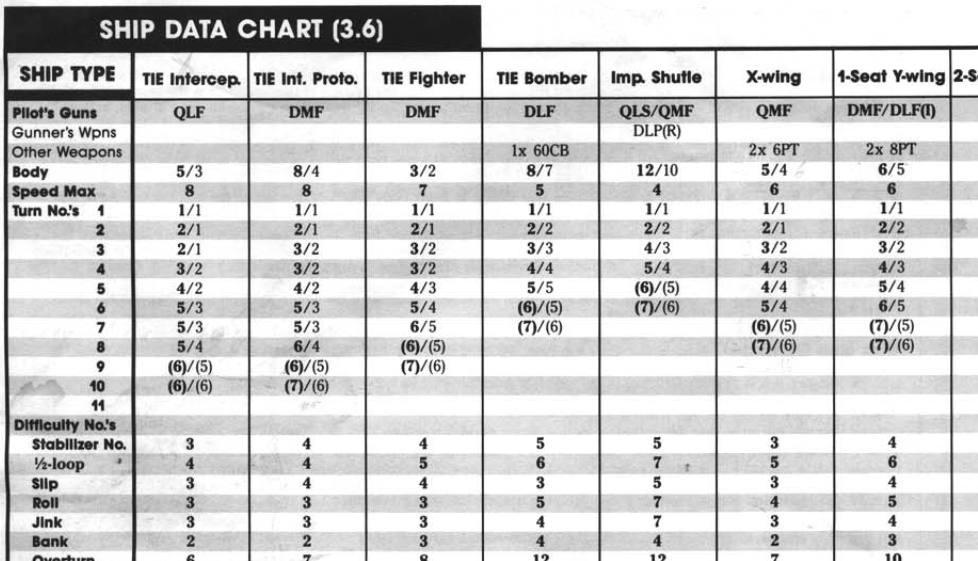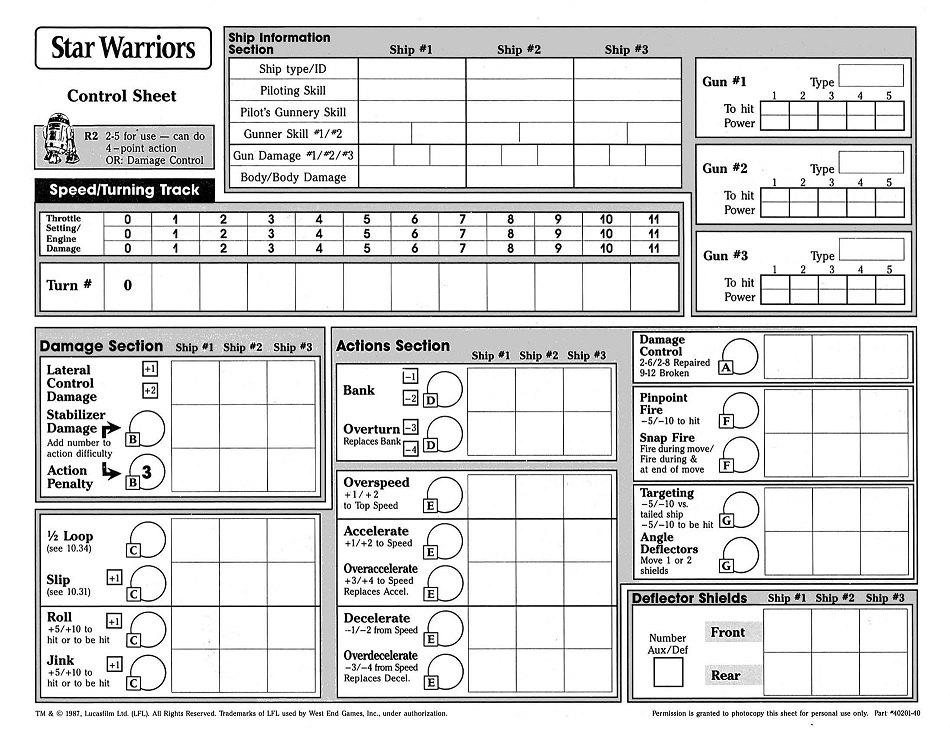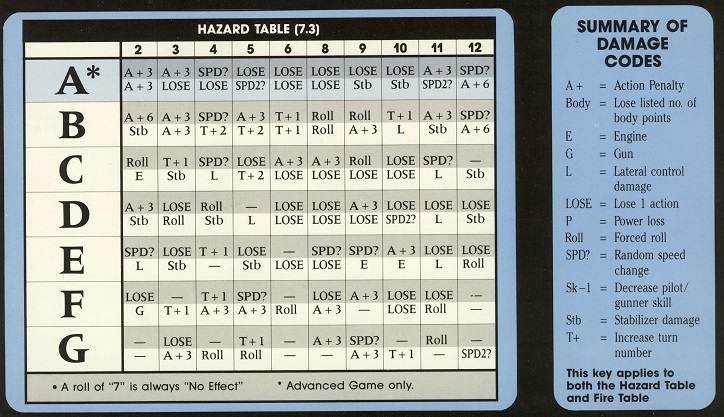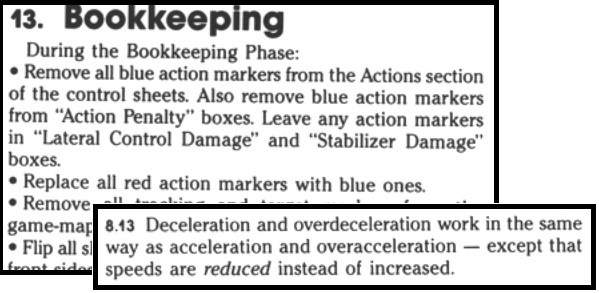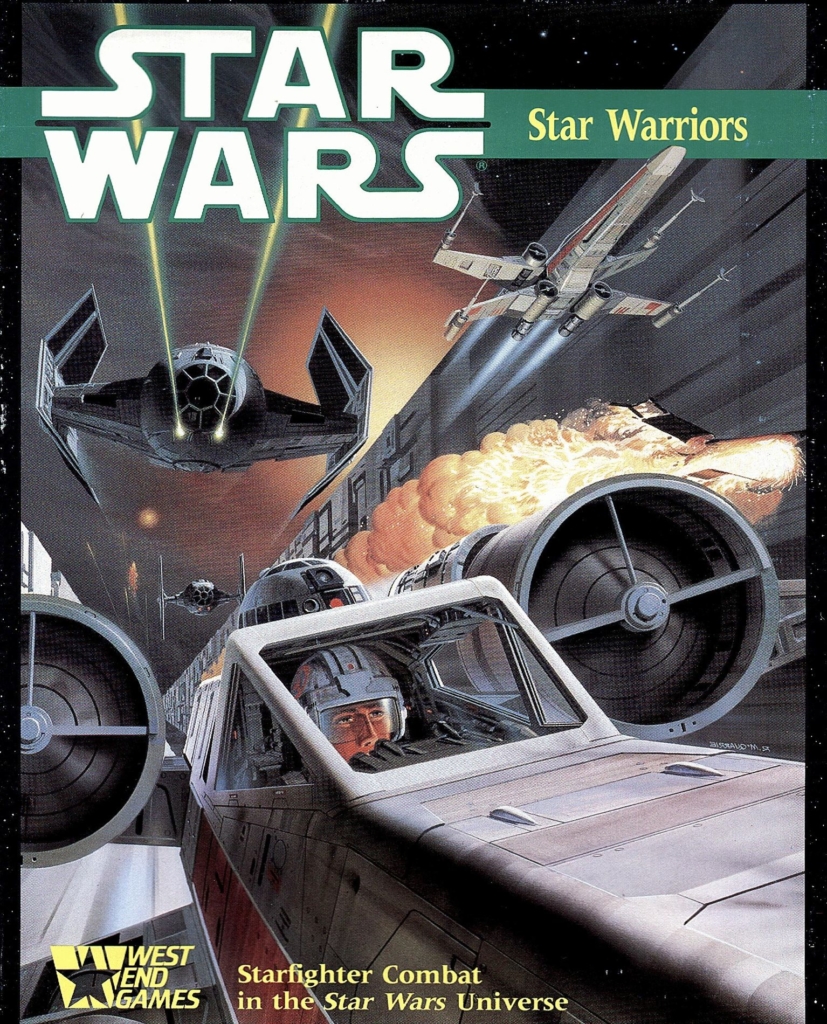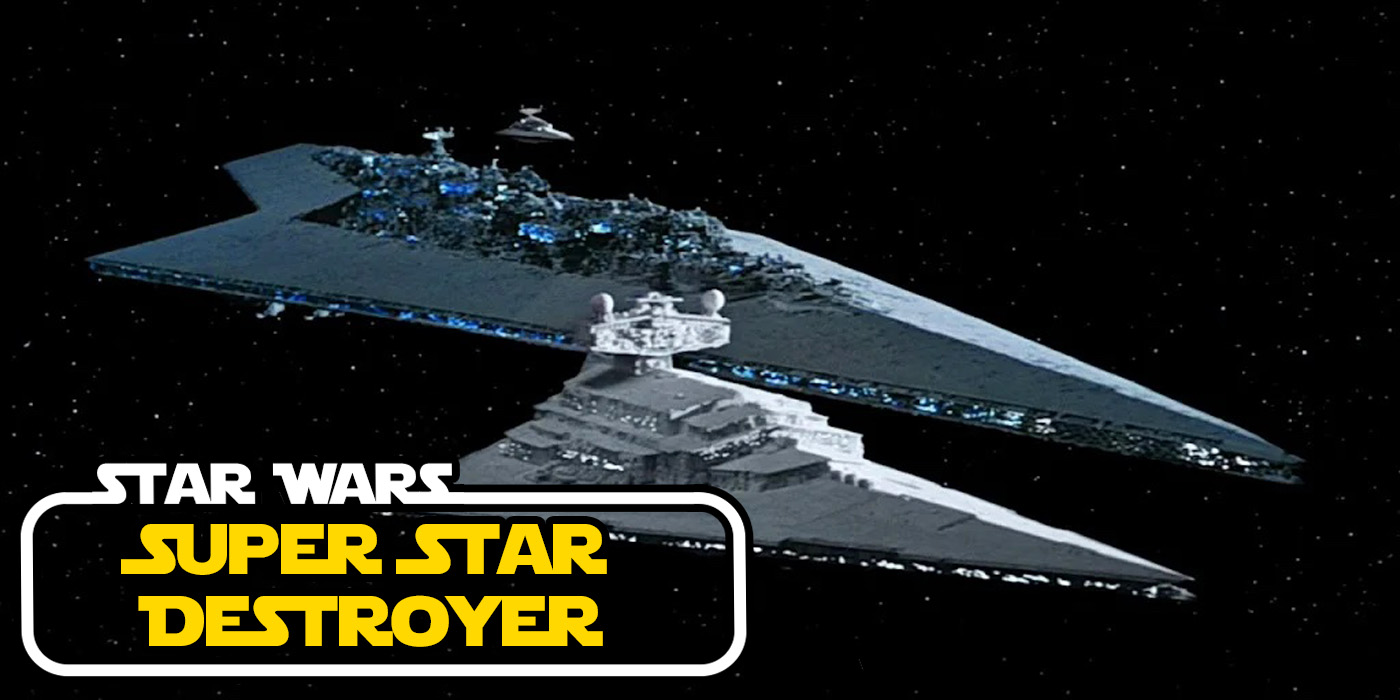‘Star Warriors’ Combined X-Wing With the ‘Star Wars’ RPG
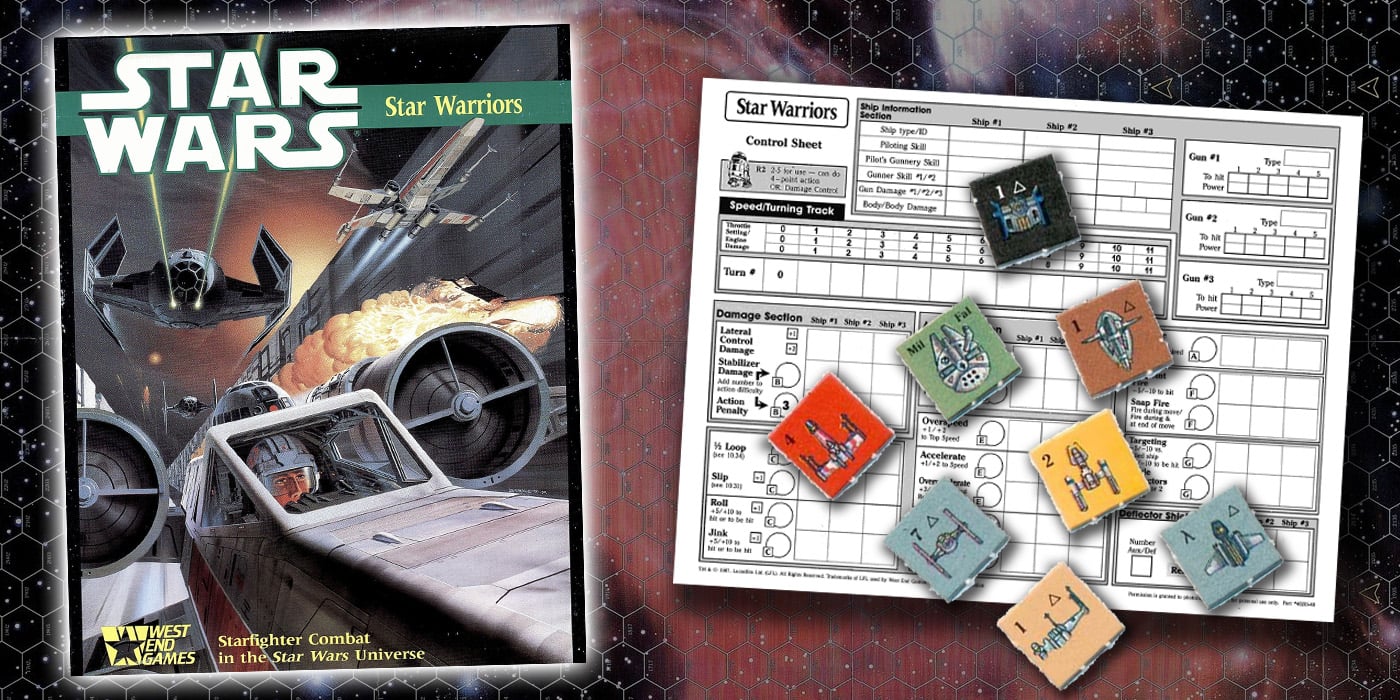

Star Warriors probably began as just the space combat system within the Star Wars RPG but became an entirely separate board game.
Ever had that one DM who tries to make up their own combat system and it gets so bloated and over-complicated it might as well be its own entire thing? Well, that’s Star Warriors, but it’s still probably better than whatever that DM came up with.
Star Warriors is a hex-based combat game with simultaneous action placement mechanics based in the Star Wars universe. While it could be played entirely on its own, it was designed to integrate seamlessly with the Star Wars RPG. Both games were released in 1987 by West End Games.
The idea was you’d be playing the RPG, and get into a space battle of some sort. You’d then break out Star Warriors and play through the battle. Both games used the same stats and abilities so you could basically just copy your character sheet over and be ready to go.
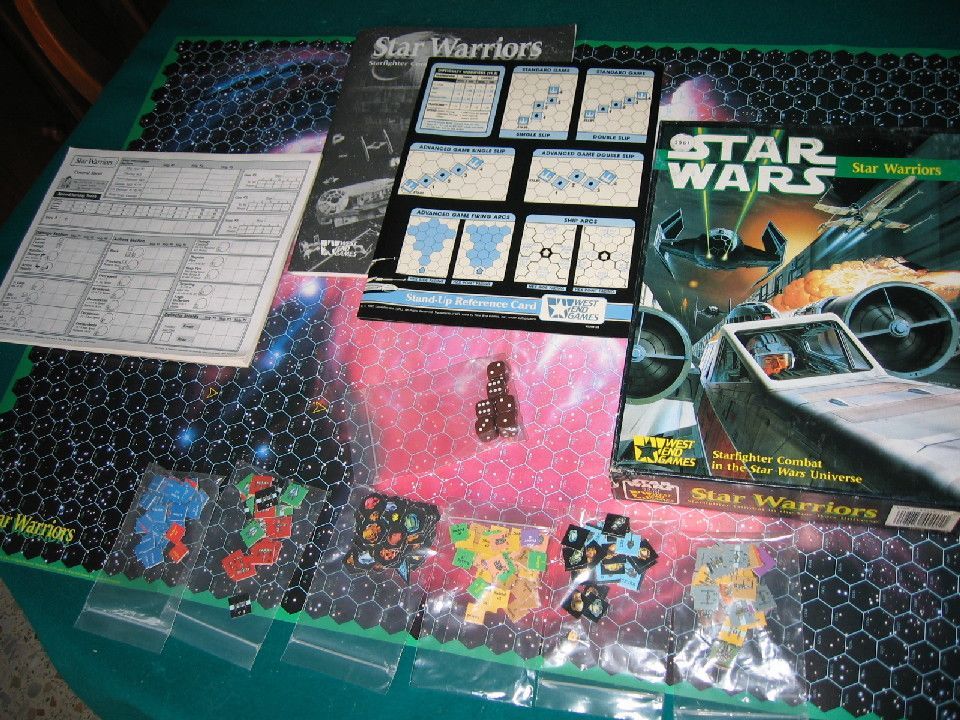
Star Warriors Overview
Star Warriors worked using a d6 combat system. As your character’s skill increased, they would roll more dice when performing that check. If the result of all those d6 was higher than your target number, you succeeded! Couldn’t be simpler. And of course, like with any good hex-based combat game, there were tons of reference charts and tables!
Each player would use the Ship Data Chart to fill out a Control Sheet for each type of ship they were controlling. The Control Sheet tracked the pilots of each ship, as well as the guns, speed, damage, actions, and shields of the ships.
But the sheet also worked as a player board for the action placement part of the game. For example, each individual ship would get a Throttle Marker which was placed on the Speed Track to determine its speed and would adjust as necessary.
Additionally, during the beginning of each turn, players secretly place action markers on the sheet when planning their actions for that turn. I presume they maintain this secrecy by promising super hard to not peek at their opponent’s board.
Pilots could attempt advanced maneuvers, change speed, target enemy ships, adjust shields, do some fancy shooting, and the like. Once planning was finished, players need to check Hazards to see if they accomplish everything they planned to do in that turn. This is a matter of adding up all the difficulties of each action they are attempting.
The interesting thing is here, there’s no limit to the number of actions a ship can attempt on its turn. However, failing can be…. pretty wild.
Maybe Too Much Detail?
As you might imagine with any game whose manual has a Bookkeeping section and a rule explaining the difference between acceleration and deceleration, this game’s rules get pretty granular.
Better than the Pasta Rule
But it’s got a lot of really neat ideas. I love the idea of being able to integrate your RPG characters into the board game. However, I can certainly see the hurdles of having to break the flow of the roleplaying to play a completely different style of game. It could be a really exciting narrative, but I think would require some roleplay heavy lifting by the players.
I really enjoy the idea that pilots can attempt any number of actions per turn. But of course, risk blowing themselves up if they attempt too much. It’s the perfect option for anyone who loves a bit of ‘push your luck’. Overall, Star Warriors has a lot of really interesting ideas. Unfortunately, it’s been mostly forgotten now that X-Wing is a thing.
It is interesting to see how this concept has developed over time. More recently, Dungeons & Dragons released Shadow of the Dragon Queen, which had a similar idea of injecting a board game into a roleplay experience. It’s fundamentally a cool idea but logistically has some unavoidable hurdles.

